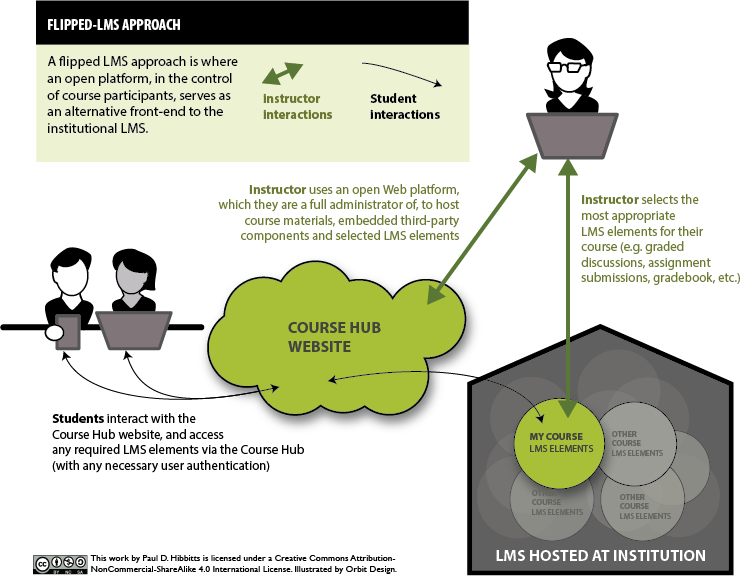Although I’ve been in ‘heads-down’ mode with my SFU CMPT 363 User Interface Design course for the past two months, I recently tweeted some additional facts about the Grav Course Hub Project, and I thought I would share them here:
Continue ReadingGetting a Tweetstorm ready to better define and describe the @getgrav CMS Course Hub Project…
— Hibbitts Design (@hibbittsdesign) October 18, 2016
I recently tweeted some details of my progress with redesigning CMPT 363 for the Fall term, and I thought I would share them here:
Continue ReadingHard to believe it's 3 years since I started developing my courses in the open, and I can't imagine ever stopping. https://t.co/pvYWEY1V8R
— Hibbitts Design (@hibbittsdesign) August 15, 2016
I’ve been thinking about all the different activities involved so far in the creation of the Grav Course Hub, and I thought I would share them here:
(1/3) Estimated Grav Course Hub 'development' activities (Jan-Mar):
— Hibbitts Design (@...
25% Prototyping/development
15% Research
15% Design#GravEdu
I’ve been further refining my sustainable approach of an open design practice for my experience design work in the education field, and (bravely or foolishly) I’ve attempted to craft a working definition of the phrase:
(1/3) What is a”sustainable open design practice”? My first attempt of a defini...
What is a flipped LMS?
A flipped LMS approach is where an open platform, in the control of course participants, serves as an alternative front-end to the institutional LMS

Figure 1. Flipped-LMS approach.
Why flip the LMS?
To support pedagogical goals unmet by current LMS/platform
To deliver a better student (and facilitator) experience
To increase capability of access, sharing and collaboration
While trying to visualize my flipped-LMS approach using an open and collaborative platform, it’s become apparent that I am looking at two distinct, though related, models.
An open and collaborative learning platform enables both students and instructors to contribute directly to their shared onlin...
As a modern flat-file CMS, Grav can take full advantage of today’s ecosystem of open and collaborative editing services, such as GitHub or GitLab. In this article we will look at how to easily use Grav with GitHub Desktop (which uses GitHub and Git for source control) and the automatic deployment service Deploy to result in a very efficient, open and collaborative workflow. No scripting or command line interactions will be required, I promise.
I’ve been trying to formulate a sustainable approach of an open design practice for my experience design work in the education field, and I think I am getting closer to defining a workable approach:
(1/2) Slowly navigating my way through a sustainable open design practice. Leaning towards open sou...



